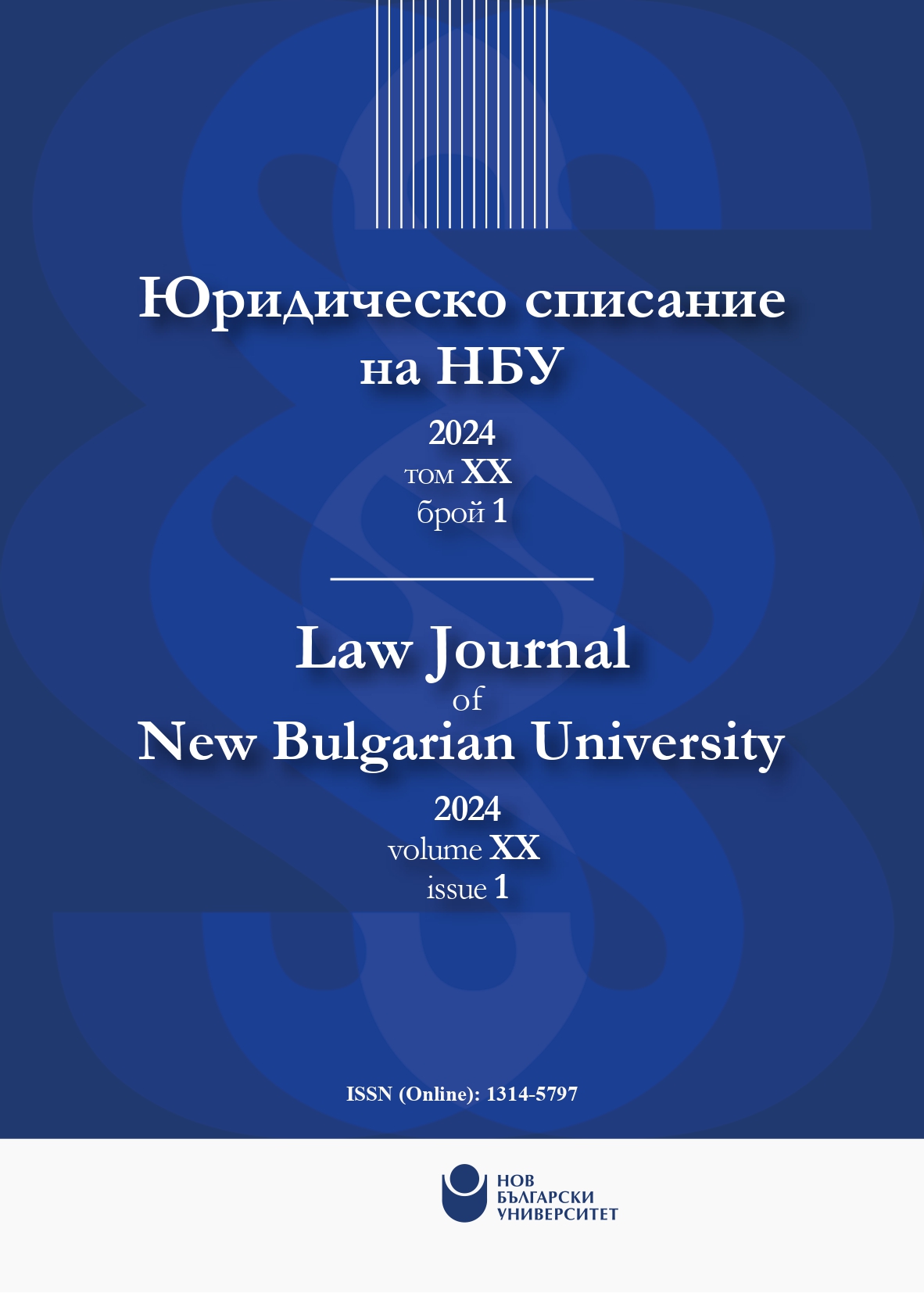The Organized Crime – from a Threat to the Risk
DOI:
https://doi.org/10.33919/ljnbu.24.1.6Keywords:
organized crime, national security, threat, riskAbstract
Organized crime has become an extremely powerful concept that underlies many different policies for combatting it. A lot of countries, sensitive to the problem, are investing considerable resources – legislative, institutional, financial and human – in order to counter this phenomenon. However, then the question arises as to what they direct their efforts against, what they take into account, how they perceive organized crime. Legislative actions most often go through the creation of specialized institutional instruments (investigative structures or specialized courts), through which it is assumed that the fight against this type of crime would be more successful and effective. Before proceeding to specific institutional and structural-determining actions, however, it is important for each of the countries to determine how they perceive this social problem. Not so much from a conceptual point of view, but from a strategic point of view – whether as a threat, whether as a risk or as something else. Depending on this, policies to control and limit the level of organized crime would have a different focus. This text aims to illustrate precisely that perceiving this type of non-conventional crime as a risk reverses the institutional thinking and from reactive, it should become more preventive.
References
Попов, Ст. (2022). Риск. Концептуална рамка. София: Нов български университет.
Слатински, Н. (2019). Рискът: новото име на сигурността. София: Изток-Запад.
Albanese, J. (2008). Risk Assessment in Organized Crime: Developing a Market and Product-Based Model to Determine Threat Levels. Journal of Contemporary Criminal Justice [online], vol. 24, No. 23, 263–273 [viewed 15.12.2023]. Available from: http://ccj.sagepub.com/cgi/content/abstract/24/3/263.
Campbell, L. (2014). Organized Crime and National Security: A Dubious Connection? New Criminal Law Review: An International and Interdisciplinary Journal [online], vol. 17, No. 2, 220–251 [viewed 12.12.2023]. Available from: https://www.jstor.org/stable/10.1525/nclr.2014.17.2.220.
Dorn, N. (2009). The End of the Organized Crime in the European Union. Crime Law Social Change [online], 51, 283–285 [viewed 12.12.2023]. Available from: https://link.springer.com/article/10.1007/s10611-008-9156-y.
Friman, H., P. Andreas (1999). The Illicit Global Economy and State Power. Rowman & Littlefield Publishers.
Jamieson, A. (2000). Antimafia. Italy’s Fight Against Organized Crime. Maccmillan Press Ltd.
Luhmann, N. (2002). Risk: A Sociological Theory. Routledge.
Paoli, L. (2010). Problems of Methodology and Research. Conference Proceedings. RiskMonitor, 54–63.
Ratcliffe, J., Strang, S., Taylor, R. (2014). Assessing the Success Factors of Organized Crime Groups: Intelligence Challenges for Strategic Thinking. International Journal of Police Strategies and Management [online], vol. 37, No. 1, 206–227 [viewed 15.12.2023]. Available from: https://www.researchgate.net/publication/263246208_Assessing_the_success_factors_of_organized_crime_groups_Intelligence_challenges_for_strategic_thinking.
Sergi, A. (2016). The Italian Anti-Mafia System Between Practice and Symbolism: Evaluating Contemporary Views on the Italian Structure Model Against Organized Crime. Policing: A Journal of Policy and Practice [online], vol. 10, issue 3, 194–205 [viewed 4.01.2024]. Available from: https://doi.org/10.1093/police/pav028.
Waever, O. (2007). Securitization and Desecuritization. In: International Security: Widening Security [online], vol. 3, ed. by B. Buzan and L. Hansen, 4 vols, 66–99 [viewed 4.01.2024]. Available from: https://dl1.cuni.cz/pluginfile.php/872615/mod_resource/content/1/Waever.pdf.

